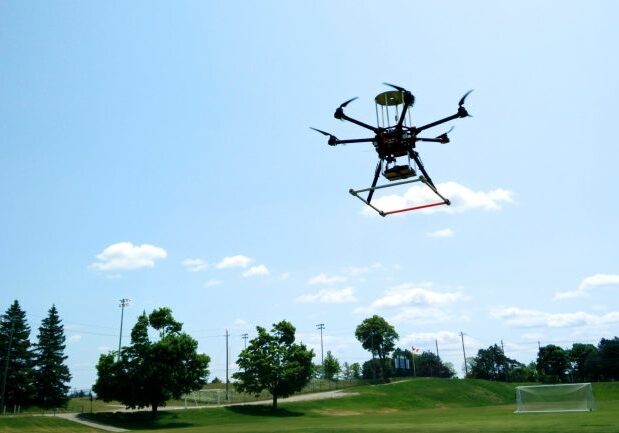
Five U of T Engineering projects receive funding boost for state-of-the-art research tools
Motion-capture equipment to explore and develop robust autonomous drones is among five infrastructure projects receiving funding support
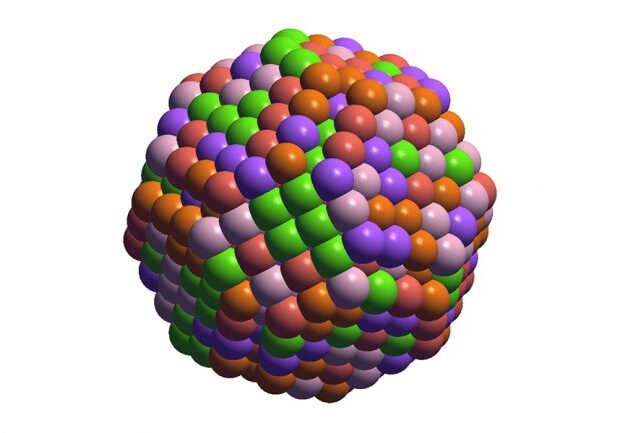
U of T Engineering researchers use machine learning to design smarter industrial catalysts
Team led by Chandra Veer Singh (MSE) has created an algorithm that accurately simulates catalysts made of five different metals
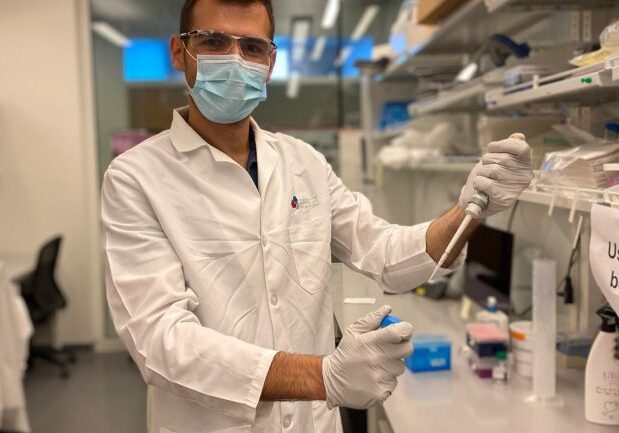
U of T Engineering researchers develop cell injection technique that could help reverse vision loss
A team led by Professor Molly Shoichet has demonstrated the first co-injection of both retinal pigmented epithelium (RPE) cells and photoreceptor cells in a mouse model of blindness.
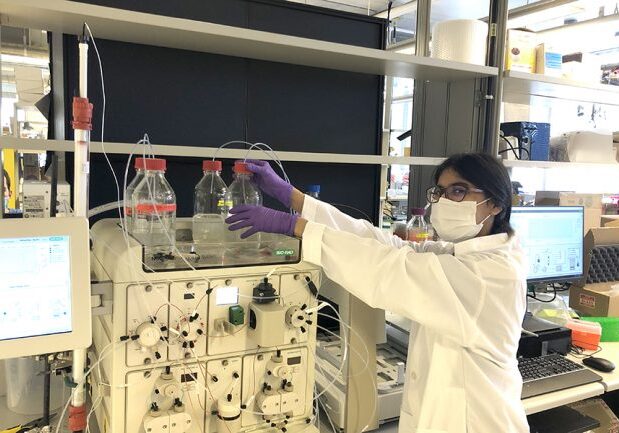
‘A world of possibilities’: U of T Engineering undergraduate students host virtual summer research conference
Undergraduate Engineering Research Day (UnERD) 2020, to be held online August 14, features participants from across Canada and beyond

How to get more cancer-fighting nanoparticles to where they are needed
Study shows that by injecting above a certain threshold of nanoparticles, the tumour delivery improves vastly, from 0.7 percent to 12 percent

Is there a better way for transit systems to deal with service disruptions?
U of T Engineering research aims to optimize the deployment of shuttle buses to replace downed rail service
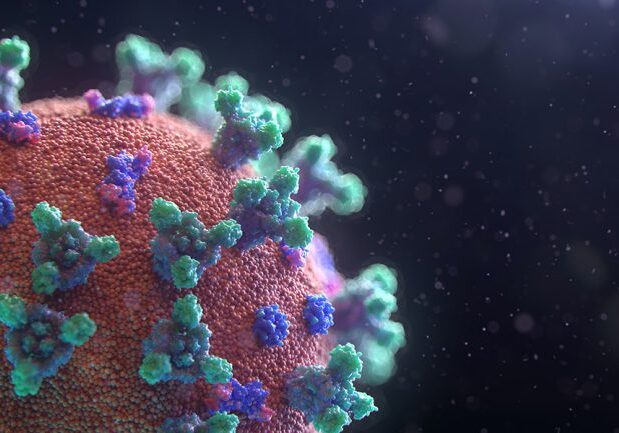
Understanding the spread of COVID-19 through physics-based modeling
An international collaboration led by U of T Engineering professor Swetaprovo Chaudhuri leverages fundamental physics to model the aerosol droplets that spread the COVID-19 virus.
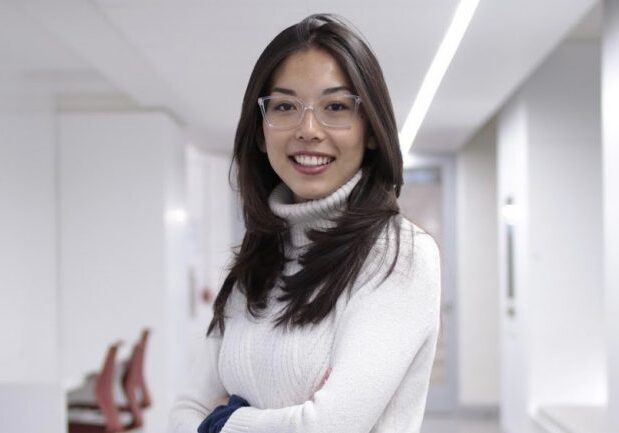
What’s contributing to the striking gender gap in the AI field? U of T Engineering study takes a closer look
Gender discrimination from teaching staff found to have significant impact on female students’ decisions to pursue ML/AI careers, with discrimination from peers more prevalent for women than men


